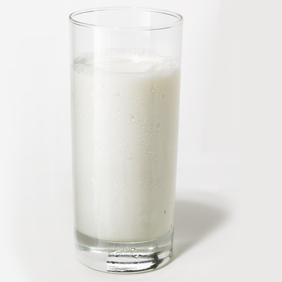Milk allergy, lactose intolerance, raw milk…what’s the scoop?
Will I always have lactose intolerance?
You may always have it, but the degree of lactose intolerance can change. If you have lactose intolerance while you are sick with stomach flu or diarrhea, it should go away when you get better. Many people can adapt to lactose by drinking milk in small amounts or with food.
Studies show that most adults with lactose intolerance can drink up to 2 cups of milk in a day, especially if taken with food, or in small amounts throughout the day.
I need to limit my intake of lactose. What kind of cheese is best to eat?
Most cheeses, especially ripened firm or hard cheeses, contain very little lactose. The culture added during the ripening process reduces the lactose that is left in the whey to trace amounts, undetectable by most lactose-intolerant people. On the other hand, cheeses that do not undergo a ripening process (cottage cheese, for example) are higher in lactose content.
Could I be allergic to milk?
Milk allergies are rare in adults and affect a very small number of children. These children usually outgrow their allergy, and with a doctor’s OK, can often drink milk by age three.
If after eating or drinking any milk or milk products you have any of these symptoms, talk to your doctor. You may need to be tested for a milk allergy.
- a skin rash
- diarrhea
- a hard time breathing
- nausea and vomiting
Is raw milk healthier than pasteurized milk?
No, in fact the opposite is true. Pasteurized milk is a much healthier choice because you can enjoy all the nutritional benefits of milk without the concern of contracting harmful and possibly fatal diseases. Pasteurization does not alter the nutritional value of milk (1). Pasteurized milk has the additional health advantage of added vitamin D (raw milk contains virtually no vitamin D) (2).
(1) Haddad GS and Loewenstein M. Effect of several heat treatments and frozen storage on thiamine, riboflavin, and ascorbic acid content of milk. J Dairy Sci, 1983. 66(8): p. 1601–6.
(2) Vitamins A and D are added to milk in accordance with Health Canada’s Food and Drug Act. Vitamin D enhances the absorption of calcium and improves the overall vitamin D status of Canadians. Low fat milk has some of the fat soluble vitamin A removed when the fat is skimmed and therefore, vitamin A is added to low fat and skim milk to ensure a consistent level of vitamin A in all milk.



